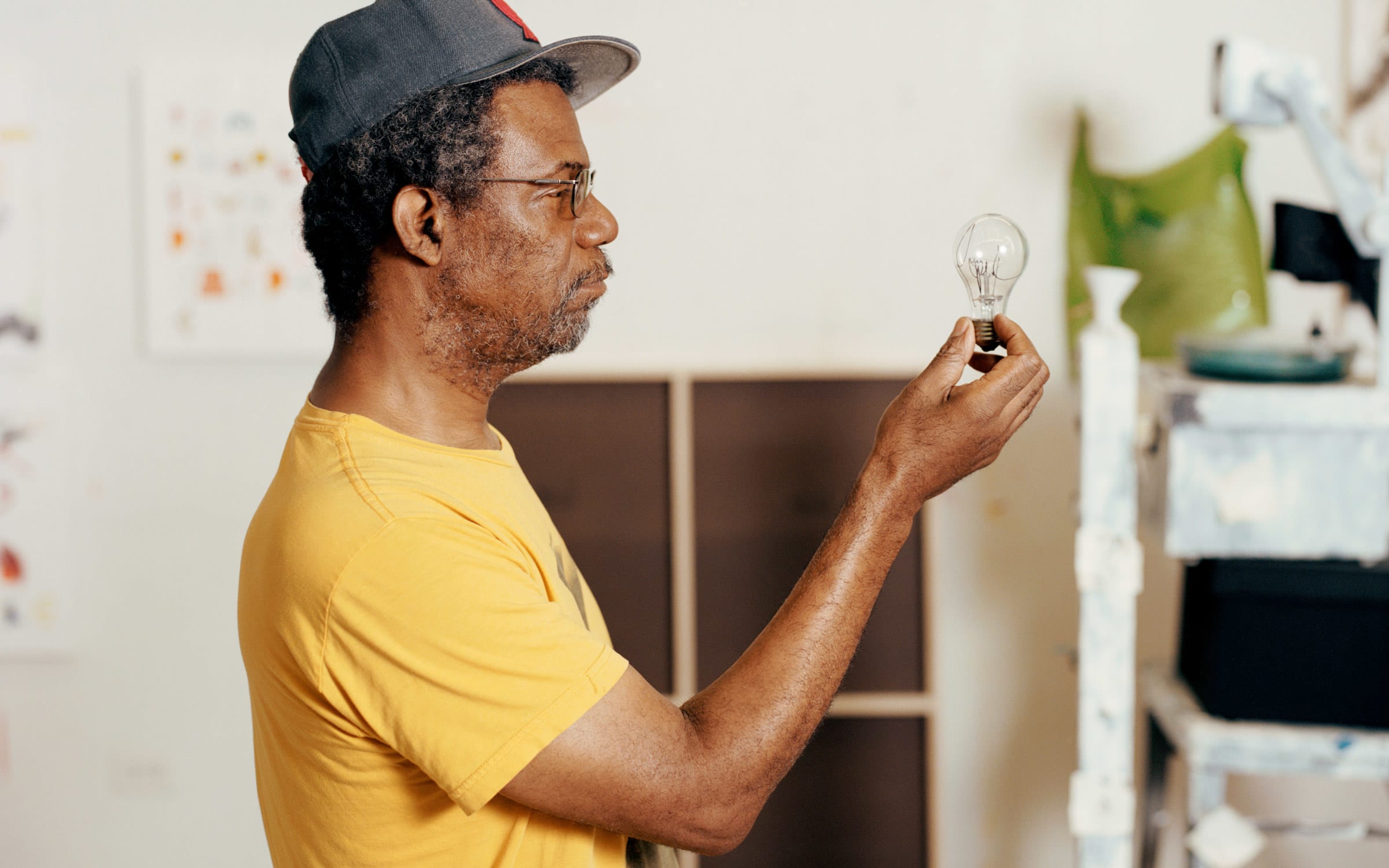With solo shows at MoMA, the Whitney, and a momentous public performance, Pope.L’s New York moment is set to last
Coco Fusco speaks to the legendary artist about irony, artworld activism, and finally getting his due
Log in and subscribe to receive Art Basel Stories directly in your inbox.
